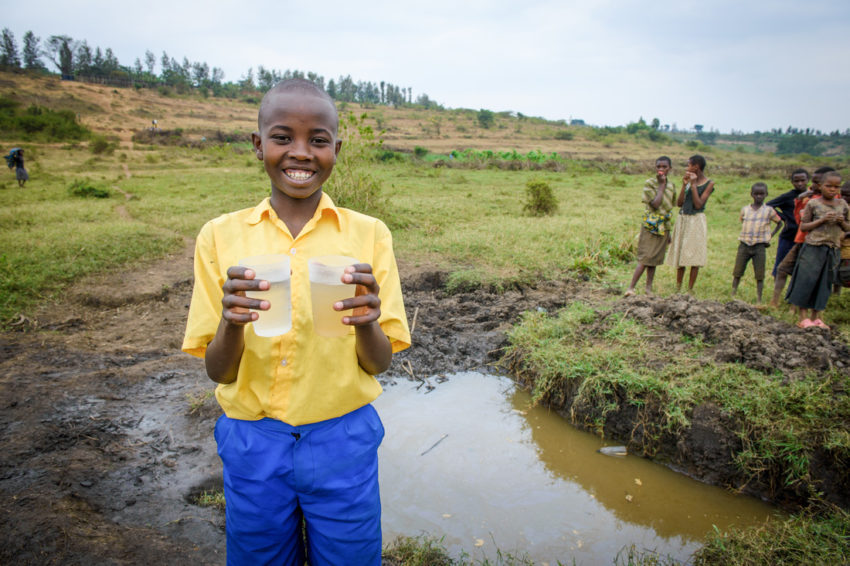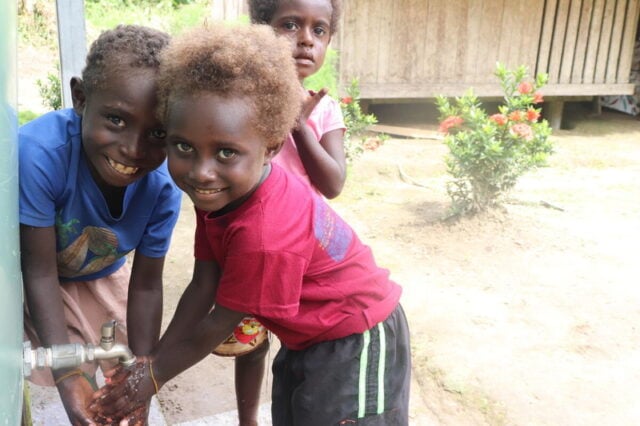Formerly from the pond; now from a pump. Once full of parasites — now pure.
What used to rob hours of people’s time to collect now adds years to their lives. With clean water, the difference is clear. Building on decades of expertise and blessed by the support of child sponsors, World Vision is the leading nongovernmental provider of clean water in the developing world. By 2030, World Vision aims to ensure clean water access everywhere it works — because every child deserves clean water.

Then and now: Dorcas
The spring 2015 issue of World Vision magazine shared the predicament Bulanda village, Zambia, was in as of July 2014: A dog had drowned in the pond that served as a primary water source for many families. Children like Dorcas Hamasamu, 9, had no choice but to continue to draw water from the contaminated pond.
But on Oct. 22, 2014, Bulanda christened a new borehole well, established in partnership with World Vision. Since then, clean, disease-free water is flowing. Dorcas’ life changed almost overnight. Before, she had lost weeks of school to sickness. Now the sponsored girl regularly attends school and garners high marks. Currently, she’s ranked fifth in her class — but she’s aiming for first.
Solving for sustainability
The moment clean water first gushes from a pump or faucet is a joyous turning point for a parched village. But the right steps need to be taken before and after to ensure that the benefits last.
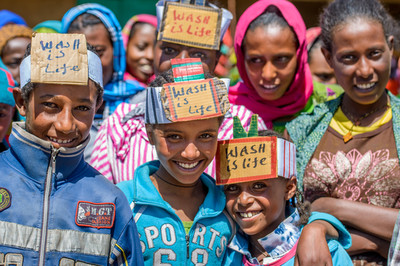
1. Involve everyone, including the children: Both men and women can serve on water maintenance committees — in fact, it’s the perfect opportunity for women to take leadership roles on an issue that deeply impacts their lives. Children are also key players in sustaining the success of clean water.
In Ethiopia, for example, school children join clubs to create awareness about water, sanitation, and hygiene in their families and communities. Members of a club at Adadi School perform dramas to illustrate these topics, clean the schools’ latrines and compound, and raise funds to support their work. “We’ve been having an impact,” says club president Yeshi Derbie, 14. “We are transforming and transmitting knowledge to our families.”
2. Set up water maintenance committees: Broken pumps and wells litter the developing world, left by well-intentioned groups that moved on without communicating the responsibilities the community must assume to keep the new water system working.
Water maintenance committees, a core part of World Vision’s approach to clean water, ensure that communities take ownership of their water systems. Community members are trained to fix and clean pumps, and they collect money from their neighbors for repairs. These dedicated individuals are the reason World Vision-built wells still function 20 years later.
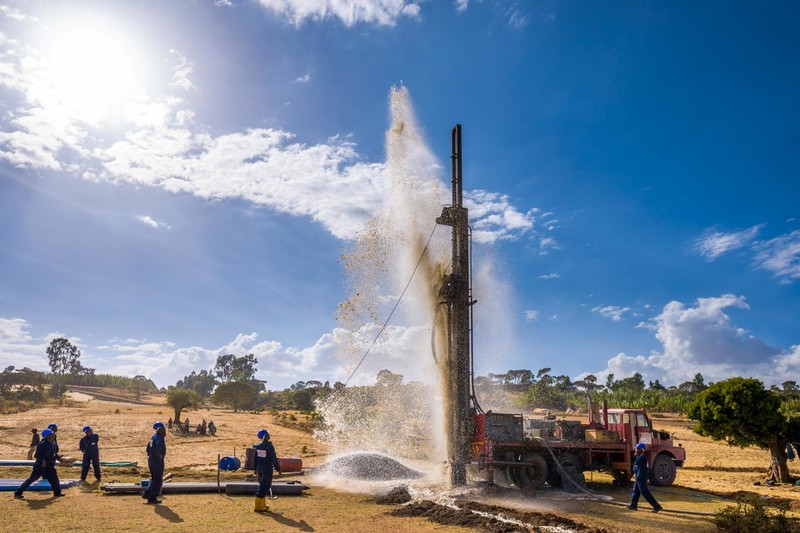
3. Sensitize communities: Rural people may not realize the connection between a poor water source and illness. “We just thought that diseases that kill our children come from God,” says Piarsou Wadaye, chief of Miskine village in Chad. Without this understanding, Miskine residents declined a government offer in the late 1990s to build a water point because they believed the cost was too high.
When World Vision began working in the area in 2011, staff met with the community and explained why their children fell sick frequently and proposed a water system to combat it. Miskine villagers considered the cost in terms of saving children’s lives and readily agreed, collecting the money within a month.
4. Prioritize sanitation and hygiene: The acronym WASH acknowledges that clean water must work in tandem with good sanitation and hygiene practices to prevent disease: handwashing, using latrines and dish racks, and more. Without these, it’s possible to lose some of the gains of clean water. For example, even with a new well, children will still suffer from diarrhea if human waste finds its way into food via dirty hands or open defecation. In many African project areas, World Vision staff have introduced an ingeniously simple hand-washing device called a tip tap, employing a water can and a bar of soap.
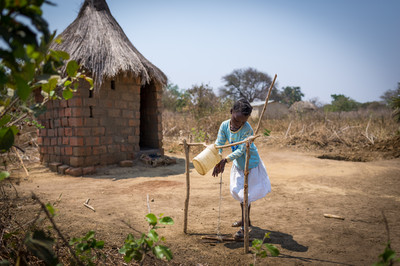
By the numbers: World Vision’s water work
- 1 in 30: One new person currently receives clean water every 30 seconds.
- 1 in 10: The goal, by 2020, is to reach one new person every 10 seconds.
- 4 in 1: Four new schools are reached every day, on average, with clean water, sanitation, and hygiene.
- 2 million: 2 million people reached with clean water in 2014 includes complete water coverage in 2,400 African villages.
- 80/20: Nearly 80% of wells built by World Vision in Ghana continue to function 20 years later.
